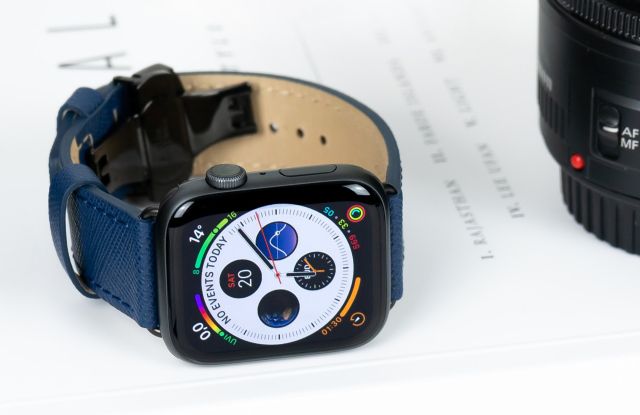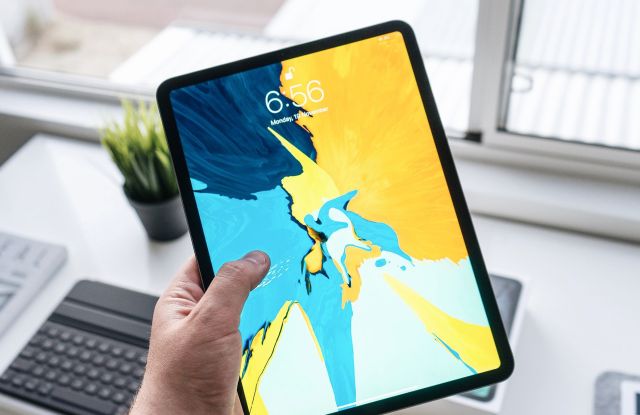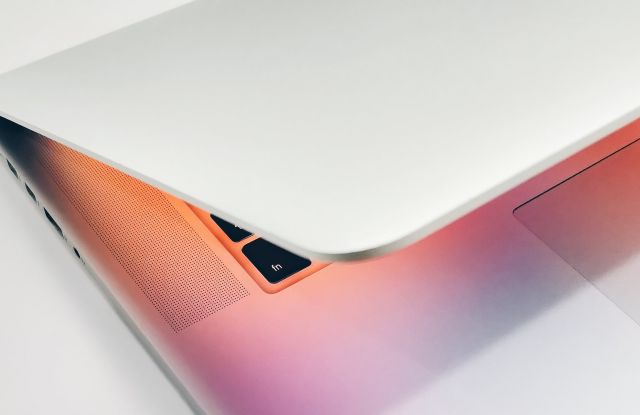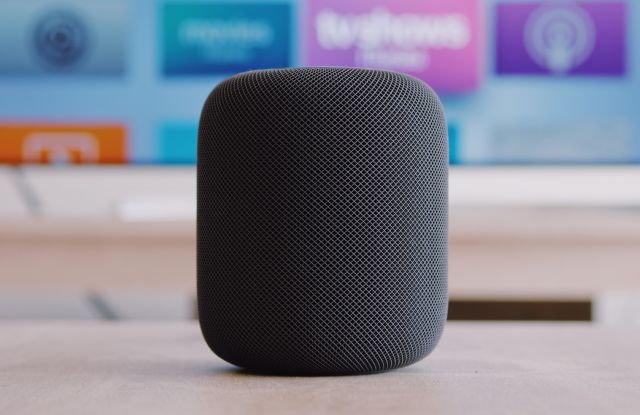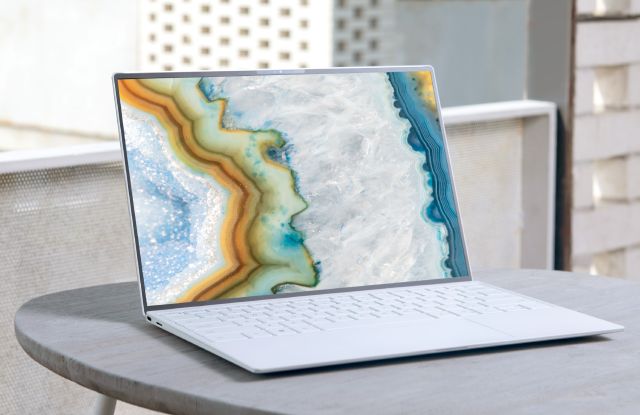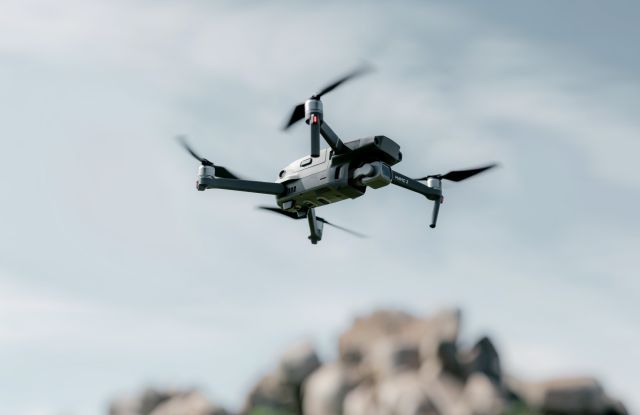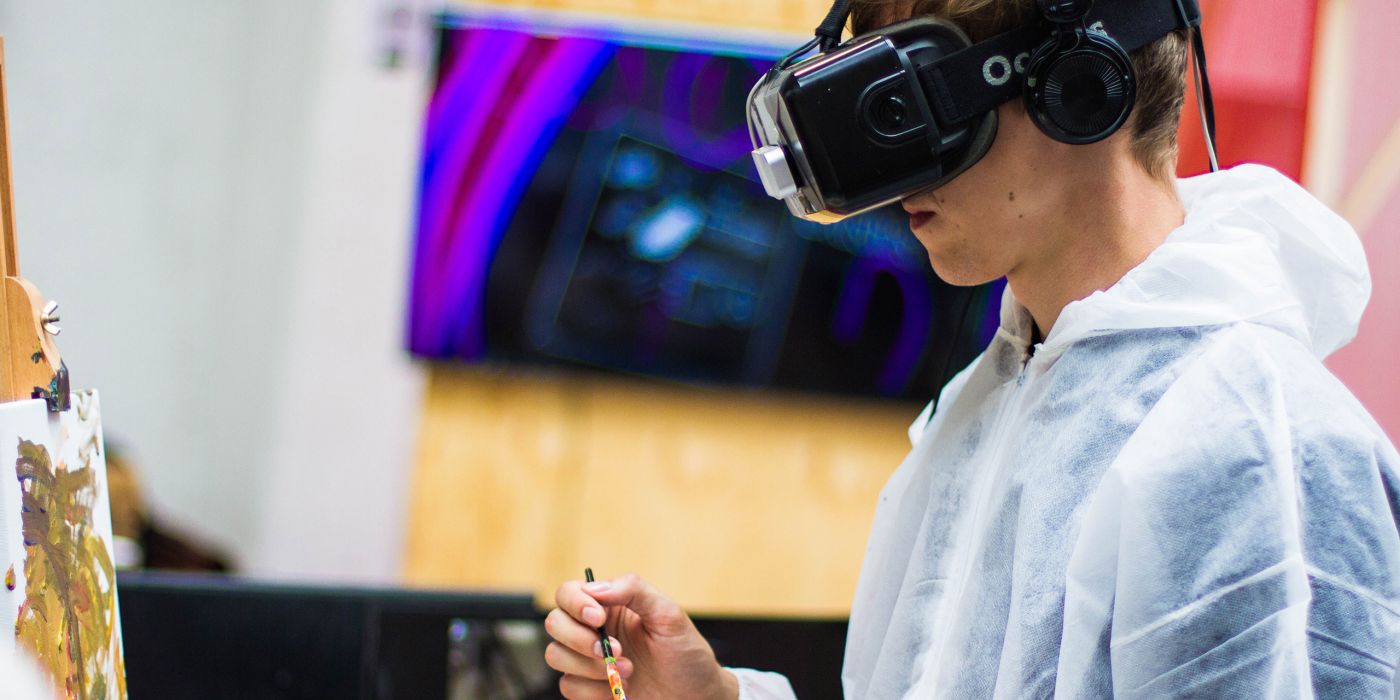
Virtual Reality Is Entering Research and Science

Introduction: A New Frontier in Research and Science
Virtual reality (VR) has long been associated with gaming and entertainment, but its potential applications extend far beyond these industries. As VR technology continues to advance, it’s making significant inroads into the realms of research and science. In this blog post, we’ll explore how virtual reality is transforming the way scientists and researchers work, opening up new avenues for discovery and collaboration.
1. Immersive Learning and Training
One of the most promising applications of VR in research and science is immersive learning and training. By simulating real-world environments and scenarios, virtual reality allows researchers and students to gain hands-on experience without the risks or limitations associated with traditional methods. This not only accelerates the learning process but also enables users to develop a deeper understanding of complex concepts and procedures.
2. Enhanced Data Visualization
Visualizing complex data sets can be challenging, particularly when dealing with multidimensional information. Virtual reality offers a solution to this problem by enabling researchers to interact with their data in a fully immersive, three-dimensional environment. This enhanced visualization allows scientists to identify patterns, trends, and relationships that might otherwise go unnoticed, leading to more accurate analyses and better-informed decision-making.
3. Remote Collaboration and Exploration
Virtual reality is also breaking down barriers in research and science by facilitating remote collaboration and exploration. With VR, researchers from around the world can work together in a shared virtual space, conducting experiments, analyzing data, and discussing findings in real-time. This not only reduces the need for costly travel but also fosters greater cooperation and knowledge-sharing among the global scientific community.
4. Simulating Complex Systems
Many scientific disciplines involve the study of complex systems that are difficult or impossible to replicate in a physical setting. Virtual reality provides an ideal platform for simulating these systems, allowing researchers to manipulate variables, test hypotheses, and observe outcomes in a controlled environment. This can lead to breakthroughs in fields such as climate science, medicine, and engineering, where understanding complex systems is crucial for addressing pressing global challenges.
Conclusion: Embracing the Potential of Virtual Reality in Research and Science
As virtual reality continues to evolve, its applications in research and science are becoming increasingly apparent. From immersive learning and training to enhanced data visualization and remote collaboration, VR is poised to revolutionize the way scientists and researchers work. By embracing this cutting-edge technology, the scientific community can unlock new possibilities for exploration, innovation, and collaboration, ultimately driving progress and discovery in countless fields.





